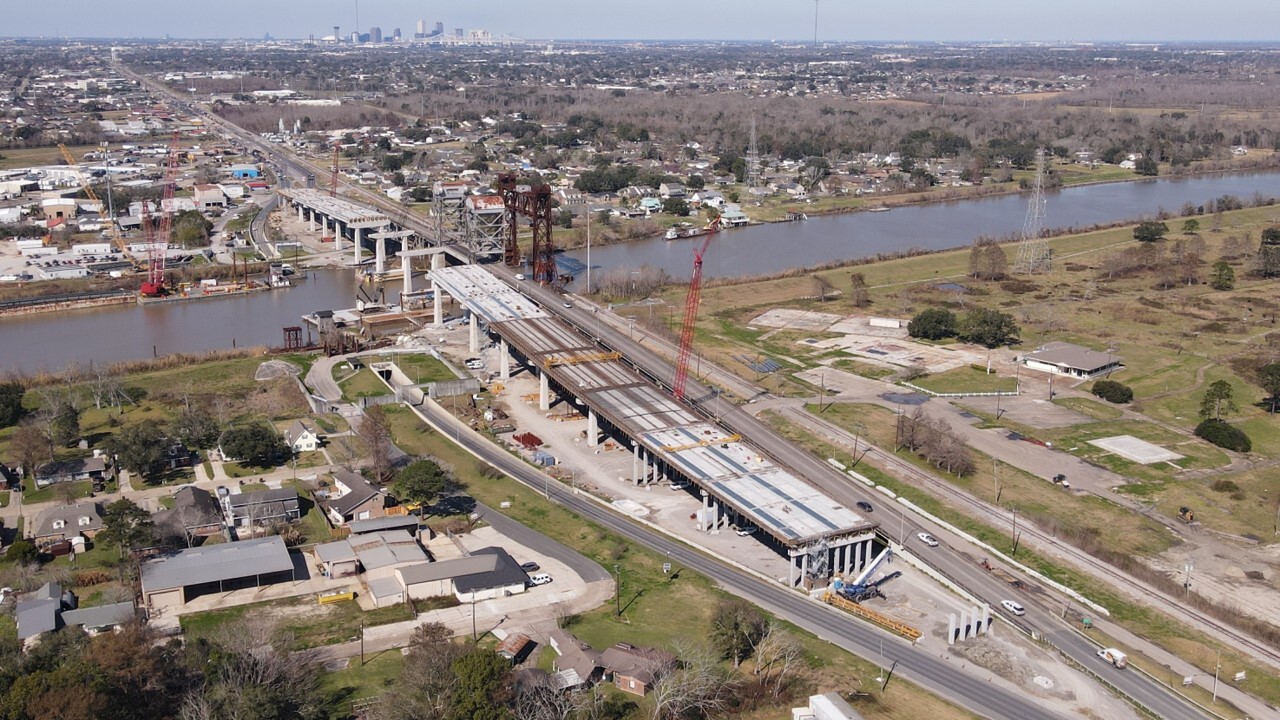Two Democrats in the Senate who influence transportation policy have introduced legislation to create the American Infrastructure Investment Fund, a $10 billion infrastructure bank.
Sens. Jay Rockefeller, D-W. Va. and Frank Lautenberg, D-N.J., are backing the bill, S. 387, which would establish a national pool of $5 billion for each of fiscal years 2014 and 2015. That money would function much like a bigger version of the Transportation Infrastructure Finance Innovation, or TIFIA act, providing loans and loan guarantees for rail lines, marine ports, pipelines, airports, highways, bridges, public transportation systems, and other transportation-related projects.
The two Senators, who have each announced their intentions to retire at the end of their current terms and sit on the Senate Commerce, Science, and Transportation Committee, introduced this legislation during the last Congress, but it failed to move forward.
“All options need to be on the table to rebuild and expand our rail systems, ports, highways, and airports,” said Rockefeller. “Right now, millions of dollars in private capital are parked on the sidelines. We need to leverage federal dollars through the infrastructure fund our bill creates to encourage private investment and fully meet our infrastructure needs.”
Several other attempts to create infrastructure banks also have failed to gain traction in Congress.
A bipartisan duo, former Sens. Kay Bailey Hutchison, R-Tex., and John Kerry, D-Mass., sponsored legislation for a $10 billion infrastructure bank, called the American Infrastructure Financing Authority in 2011. Sen. Amy Klobuchar, D-Minn. sponsored a separate bill that year proposing the establishment of a similar authority with the same name.
Rep. Rosa DeLauro, D-Conn. offered a bill, also in 2011, that would establish a National Infrastructure Development Bank as a government corporation, which would issue tax-exempt “public benefit bonds” over 15 years.
In addition, President Obama has repeatedly call for infrastructure banks in his annual budget requests.
Although a wide variety of groups, including the U.S. Chamber of Commerce, have expressed support of the idea, none have come to fruition.
Several proponents have said it is a nice idea, but the mechanics of who would control it and how it would work would be controversial.
Others, including some lawmakers have said a national infrastructure bank would be too redundant of the TIFIA program, which was expanded from $1 billion to $2 billion under the transportation funding law enacted last year. Rep. John Mica, R-Fla., who chaired the House Transportation Committee at the time, declined to pursue the idea of an infrastructure bank for that reason.
The Rockefeller/Lautenberg bill also contains a provision providing for $600 million each year for competitively awarded grants, something that did not exist within the more popularly-embraced Kerry-Hutchison bill.
“This bill would establish a creative new way to leverage federal funding and increase investment in projects that will expand rail capacity, like the [Newark, N.J. to New York City] Gateway Tunnel, and projects that will modernize our ports and other infrastructure to meet the growing demands of the 21st Century,” said Lautenberg. “The National Infrastructure Investment Fund created in this bill would supplement federal dollars with private investment to prioritize the large-scale transportation projects that will help our country and economy thrive.”
The bill has been referred to the committee chaired by Rockefeller.





